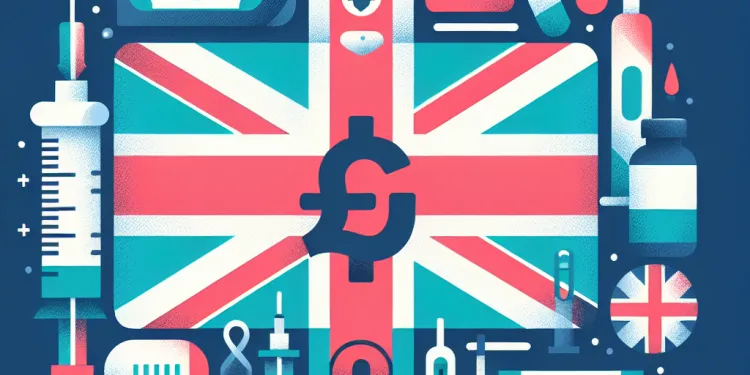
Find Help
More Items From Ergsy search
-
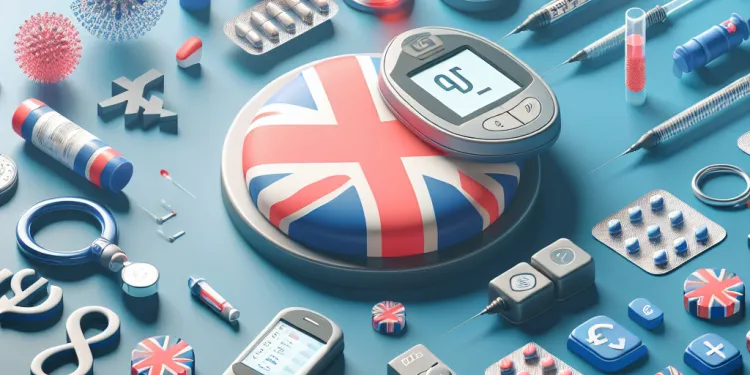
What role does GLP-1 play in diabetes management?
Relevance: 100%
-
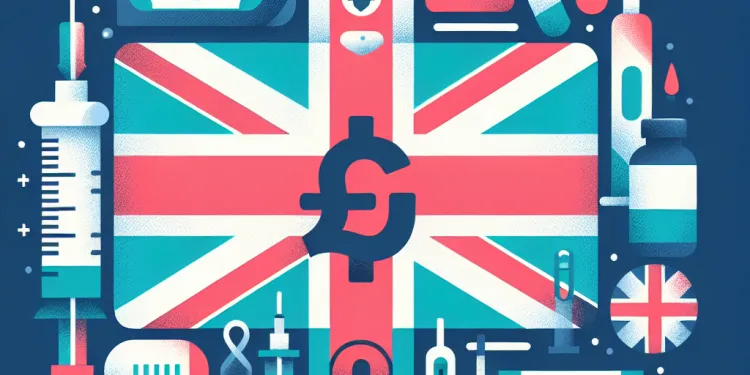
Can GLP-1 be used for type 1 diabetes?
Relevance: 97%
-

Can Mounjaro be used in type 1 diabetes?
Relevance: 93%
-

Is Ozempic suitable for type 1 diabetes?
Relevance: 89%
-

What is GLP-1?
Relevance: 88%
-
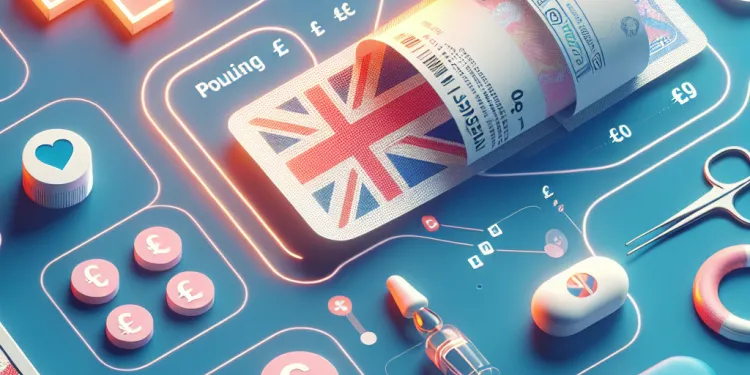
Can GLP-1 be used as a medication?
Relevance: 85%
-

Is GLP-1 naturally occurring?
Relevance: 84%
-

What is the connection between GLP-1 and insulin?
Relevance: 83%
-

What is the half-life of GLP-1?
Relevance: 82%
-

Can GLP-1 levels be measured?
Relevance: 81%
-

How do GLP-1 receptor agonists work?
Relevance: 81%
-

Type 1 Diabetes supporting adults to manage Type 1 diabetes
Relevance: 80%
-

Is Wegovy used for type 2 diabetes management?
Relevance: 80%
-
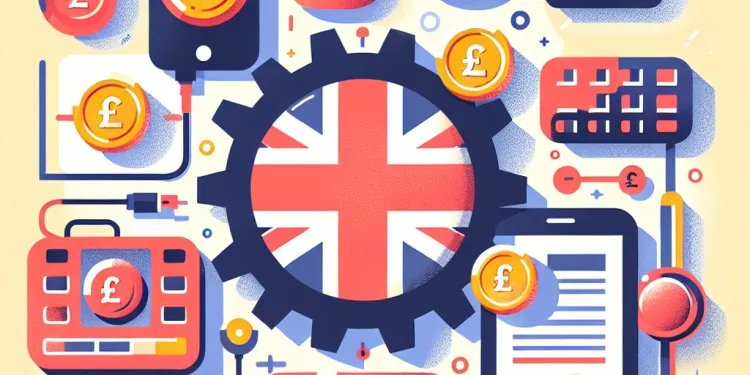
What does GLP-1 stand for?
Relevance: 80%
-

Is Type 2 Diabetes hereditary?
Relevance: 79%
-
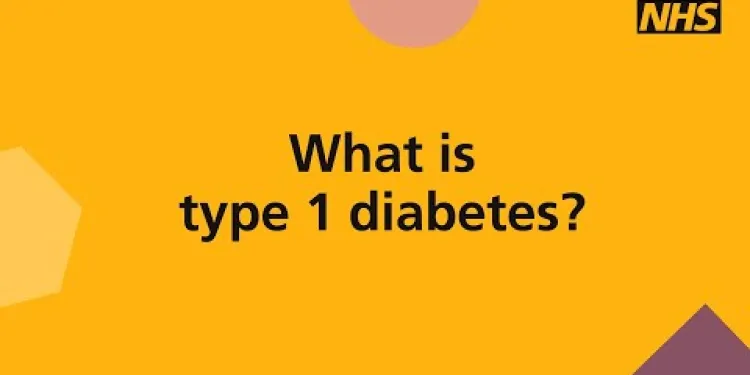
What is type 1 diabetes?
Relevance: 79%
-
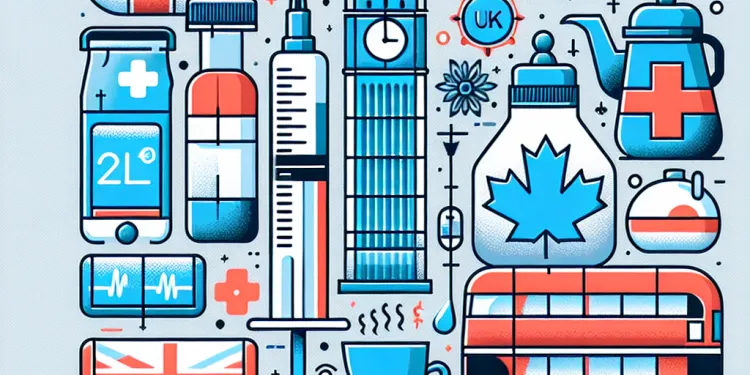
Are GLP-1 medications injectable?
Relevance: 78%
-

How does GLP-1 affect appetite?
Relevance: 78%
-

How to manage type 2 diabetes
Relevance: 78%
-
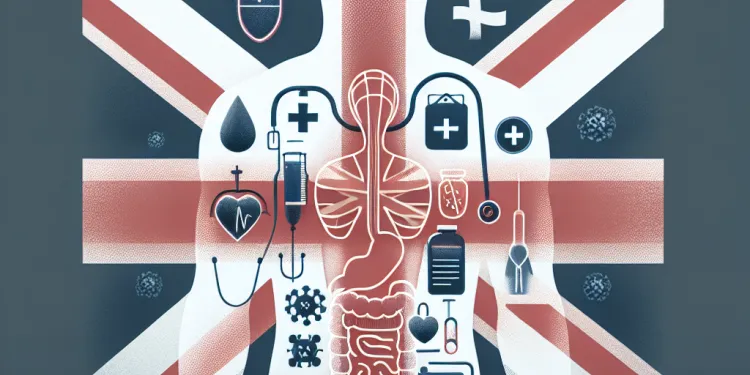
Where is GLP-1 produced in the body?
Relevance: 78%
-
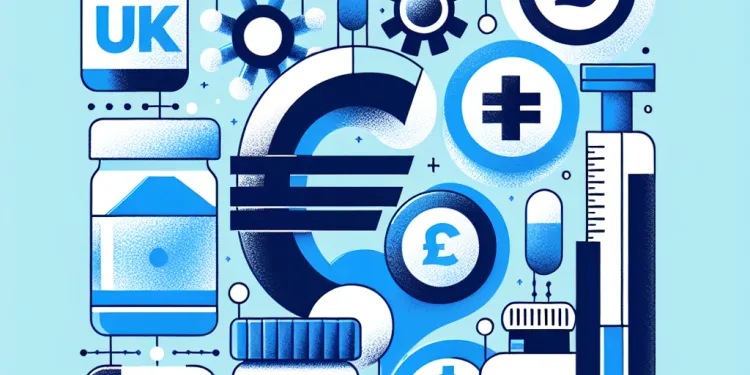
Are there any GLP-1 medications that are taken orally?
Relevance: 77%
-

What impact does GLP-1 have on glucose metabolism?
Relevance: 77%
-
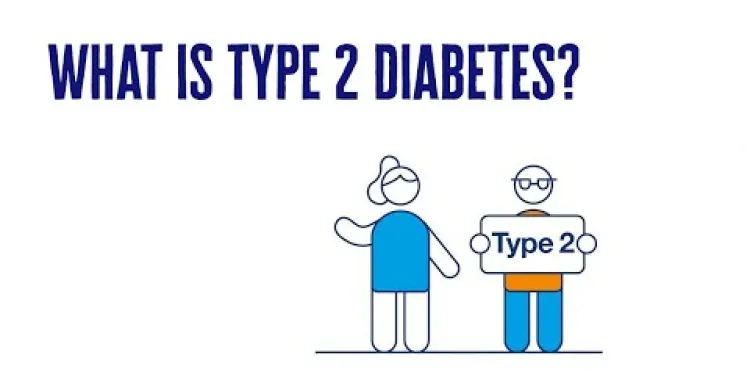
What Is Type 2 Diabetes? | 2 Minute Guide | Diabetes UK
Relevance: 77%
-

What causes Type 2 Diabetes?
Relevance: 75%
-

Can Type 2 Diabetes go away?
Relevance: 75%
-

Can Type 2 Diabetes be prevented?
Relevance: 74%
-

What are the symptoms of Type 2 Diabetes?
Relevance: 74%
-

How is Type 2 Diabetes diagnosed?
Relevance: 74%
-
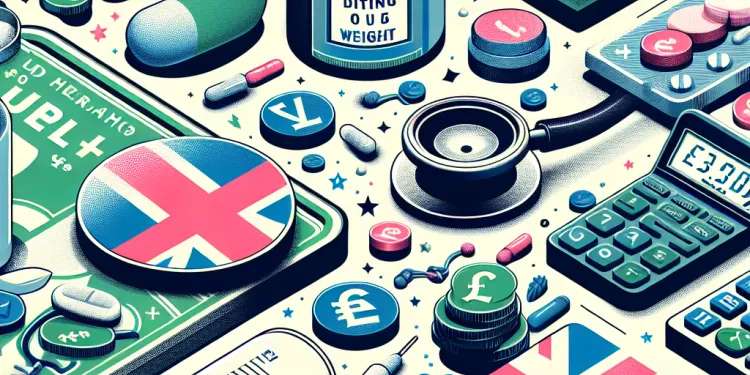
Do GLP-1 medications affect weight?
Relevance: 72%
-
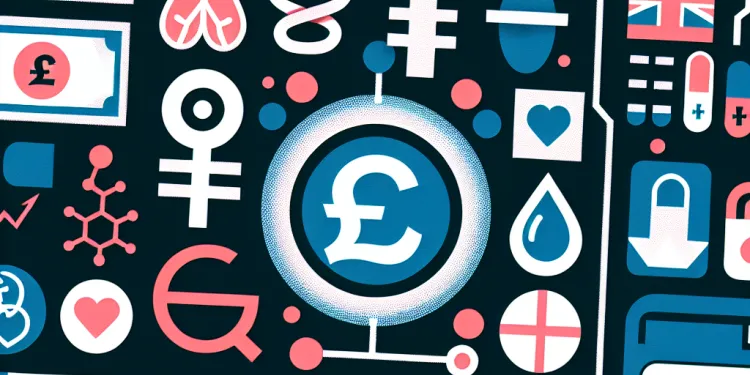
Is GLP-1 related to any other hormones?
Relevance: 72%
-

How is Type 2 Diabetes treated?
Relevance: 71%
-

What complications are associated with Type 2 Diabetes?
Relevance: 71%
-

What is the role of insulin in Type 2 Diabetes?
Relevance: 71%
-

Are there any dietary factors that influence GLP-1 secretion?
Relevance: 71%
-

Can stress affect my Type 2 Diabetes?
Relevance: 70%
-
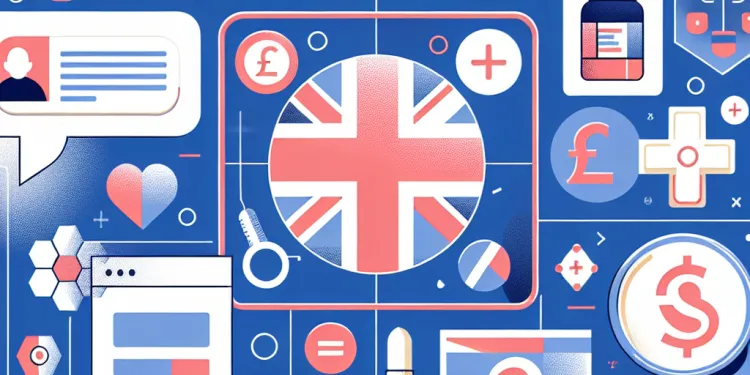
Are there any common side effects of GLP-1 medications?
Relevance: 69%
-
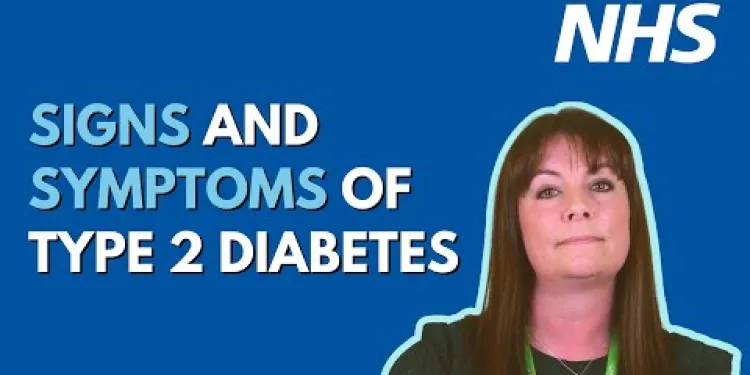
Type 2 diabetes - common signs and symptoms UHL NHS Trust
Relevance: 67%
-

Where can I find support for managing Type 2 Diabetes in the UK?
Relevance: 66%
-

NHS Diabetes Prevention Programme; Preventing Type 2 and improving outcomes for people with diabetes
Relevance: 65%
-

Can I take Ozempic with other diabetes medications?
Relevance: 64%
Introduction
Type 1 diabetes is an autoimmune condition where the body's immune system attacks and destroys insulin-producing cells in the pancreas. Managing type 1 diabetes typically involves regular insulin injections or the use of an insulin pump to control blood sugar levels. Glucagon-like peptide-1 (GLP-1) receptor agonists are a class of medications primarily used to treat type 2 diabetes, which works by stimulating insulin secretion and suppressing glucagon release. Given their role in glucose regulation, there is growing interest in exploring whether GLP-1 can be beneficial for individuals with type 1 diabetes.
GLP-1 and Its Role in Diabetes Management
GLP-1 is a hormone that enhances the secretion of insulin in response to elevated blood glucose levels. In people with type 2 diabetes, GLP-1 receptor agonists help in glucose control, weight loss, and cardiovascular benefits. Although individuals with type 1 diabetes do not produce insulin, some researchers believe that GLP-1 could offer additional benefits beyond insulin production, such as slowing gastric emptying, reducing appetite, and providing neuroprotective effects.
Potential Benefits for Type 1 Diabetes
The use of GLP-1 in type 1 diabetes is still under investigation, but early studies suggest that it may help improve blood sugar control. GLP-1 receptor agonists could potentially aid in lowering blood glucose variability and reducing the total daily insulin doses needed by enhancing the overall efficiency of insulin action. Additionally, by slowing gastric emptying and reducing appetite, these medications might assist in weight management—a common challenge for individuals with type 1 diabetes.
Current Research and Trials
Numerous clinical trials are ongoing to evaluate the efficacy and safety of GLP-1 receptor agonists in individuals with type 1 diabetes. Some studies have shown promising results, indicating that these drugs could provide marginal improvements in glucose control. However, the results have been mixed, with some trials not showing significant benefits. It is crucial to conduct more extensive and longer-term studies to determine the precise role of GLP-1 in type 1 diabetes management and whether it can be a standard adjunct therapy.
Considerations and Cautions
While the idea of using GLP-1 receptor agonists in type 1 diabetes is intriguing, it is essential to approach this with caution. These medications have not been widely approved for type 1 diabetes, and their effects can vary among individuals. Patients should always consult their healthcare provider before considering any changes to their treatment regimen and consider the potential side effects such as gastrointestinal issues.
Conclusion
In conclusion, the potential use of GLP-1 receptor agonists in managing type 1 diabetes presents an exciting area of research. Although early findings suggest possible benefits, particularly in reducing insulin needs and aiding weight management, more comprehensive studies are required. As research progresses, these medications may offer an additional tool for improving the quality of life for individuals with type 1 diabetes in the UK and beyond.
Introduction
Type 1 diabetes is a sickness. It happens when the body attacks the cells in the pancreas that make insulin. People with type 1 diabetes need insulin shots or an insulin pump to manage sugar in their blood. There are medicines called GLP-1 receptor agonists. They are usually for type 2 diabetes. They help with insulin and blood sugar. People are curious to see if GLP-1 can help people with type 1 diabetes too.
GLP-1 and Its Role in Diabetes Management
GLP-1 is a hormone. It helps make more insulin when blood sugar is high. For people with type 2 diabetes, GLP-1 medicines help control sugar, make some weight loss, and are good for the heart. People with type 1 diabetes do not make insulin, but GLP-1 might help in other ways. It can slow down food leaving the stomach, make you less hungry, and protect the brain.
Potential Benefits for Type 1 Diabetes
Using GLP-1 for type 1 diabetes is still being studied. Some early studies suggest it might help with blood sugar control. GLP-1 might help lower the amount of insulin needed each day by making insulin work better. It might also help with weight, which can be hard for people with type 1 diabetes.
Current Research and Trials
Many studies are going on to see if GLP-1 is safe and works well for type 1 diabetes. Some studies say it helps a little, but others do not see much difference. More studies are needed to really understand if GLP-1 can be a regular part of type 1 diabetes care.
Considerations and Cautions
Using GLP-1 for type 1 diabetes is interesting but needs to be done carefully. These medicines are not approved for type 1 diabetes yet, and they work differently for different people. It's important to talk to a doctor before changing treatment. There can be side effects like stomach problems.
Conclusion
In the end, using GLP-1 for type 1 diabetes is a new idea worth exploring. Early studies show it might help with less insulin and managing weight. But, more research is needed. These medicines might help people with type 1 diabetes have a better life in the future.
Frequently Asked Questions
Useful Links
- Ergsy carfully checks the information in the videos we provide here.
- Videos shown by Youtube after a video has completed, have NOT been reviewed by ERGSY.
- To view, click the arrow in centre of video.
- Most of the videos you find here will have subtitles and/or closed captions available.
- You may need to turn these on, and choose your preferred language.
- Go to the video you'd like to watch.
- If closed captions (CC) are available, settings will be visible on the bottom right of the video player.
- To turn on Captions, click settings .
- To turn off Captions, click settings again.
More Items From Ergsy search
-

What role does GLP-1 play in diabetes management?
Relevance: 100%
-

Can GLP-1 be used for type 1 diabetes?
Relevance: 97%
-

Can Mounjaro be used in type 1 diabetes?
Relevance: 93%
-

Is Ozempic suitable for type 1 diabetes?
Relevance: 89%
-

What is GLP-1?
Relevance: 88%
-

Can GLP-1 be used as a medication?
Relevance: 85%
-

Is GLP-1 naturally occurring?
Relevance: 84%
-

What is the connection between GLP-1 and insulin?
Relevance: 83%
-

What is the half-life of GLP-1?
Relevance: 82%
-

Can GLP-1 levels be measured?
Relevance: 81%
-

How do GLP-1 receptor agonists work?
Relevance: 81%
-

Type 1 Diabetes supporting adults to manage Type 1 diabetes
Relevance: 80%
-

Is Wegovy used for type 2 diabetes management?
Relevance: 80%
-

What does GLP-1 stand for?
Relevance: 80%
-

Is Type 2 Diabetes hereditary?
Relevance: 79%
-

What is type 1 diabetes?
Relevance: 79%
-

Are GLP-1 medications injectable?
Relevance: 78%
-

How does GLP-1 affect appetite?
Relevance: 78%
-

How to manage type 2 diabetes
Relevance: 78%
-

Where is GLP-1 produced in the body?
Relevance: 78%
-

Are there any GLP-1 medications that are taken orally?
Relevance: 77%
-

What impact does GLP-1 have on glucose metabolism?
Relevance: 77%
-

What Is Type 2 Diabetes? | 2 Minute Guide | Diabetes UK
Relevance: 77%
-

What causes Type 2 Diabetes?
Relevance: 75%
-

Can Type 2 Diabetes go away?
Relevance: 75%
-

Can Type 2 Diabetes be prevented?
Relevance: 74%
-

What are the symptoms of Type 2 Diabetes?
Relevance: 74%
-

How is Type 2 Diabetes diagnosed?
Relevance: 74%
-

Do GLP-1 medications affect weight?
Relevance: 72%
-

Is GLP-1 related to any other hormones?
Relevance: 72%
-

How is Type 2 Diabetes treated?
Relevance: 71%
-

What complications are associated with Type 2 Diabetes?
Relevance: 71%
-

What is the role of insulin in Type 2 Diabetes?
Relevance: 71%
-

Are there any dietary factors that influence GLP-1 secretion?
Relevance: 71%
-

Can stress affect my Type 2 Diabetes?
Relevance: 70%
-

Are there any common side effects of GLP-1 medications?
Relevance: 69%
-

Type 2 diabetes - common signs and symptoms UHL NHS Trust
Relevance: 67%
-

Where can I find support for managing Type 2 Diabetes in the UK?
Relevance: 66%
-

NHS Diabetes Prevention Programme; Preventing Type 2 and improving outcomes for people with diabetes
Relevance: 65%
-

Can I take Ozempic with other diabetes medications?
Relevance: 64%


